Asus ROG Spatha Review
Manufacturer: AsusUK price (as reviewed): £134.99 (inc VAT)
US price (as reviewed): $155.59 (ex Tax)
Previous Asus ROG mice have impressed us with their focussed designs and high quality: the Sica is a great option for those wanting a simple, nimble mouse without sacrificing build quality and the Gladius is very well tailored to FPS players. At the top of the lineup is the Spatha, which this time targets hardcore MMO users. With an absolutely eye-watering price tag of £135, the Spatha is evidently only for the most dedicated, and costs about the same as Razer's latest Mamba. Nonetheless, with the premium price comes a set of premium features: full wireless capability, 2,000Hz polling over USB, an 8,200 DPI sensor and 12 fully customisable buttons.
With its large, ergonomic shape, the Spatha is best suited to a palm grip and may be a tad overwhelming for anyone with smaller hands. There are rubberised, textured side sections as well as ring and pinky support – it supports all parts of your hand well. We found it to be too bulky and long for an effective claw grip, but with big bands this may be a possibility. Still, palm gripping also tends to suit heavier mice, and at almost 180g the Spatha certainly falls in that category.
While part of this weight undoubtedly comes from the need for a battery, the Spatha also uses a very high quality magnesium alloy chassis for its base. The main top surface, meanwhile, is a smooth and solid non-stick plastic that's very comfortable but not too slippery, while Teflon feet on the bottom make for smooth gliding over any surface – the Spatha certainly retains the high build quality of other ROG-branded mice we've seen.
You can use the mouse in wired mode by utilising its front micro-USB connector and one of the two cables (1m rubber and 2m braided) that are supplied, and this will also charge the battery. Alternatively, you run it wirelessly by connecting one of the cables to the charging dock that also acts as the receiver. The dock can be placed on your desk horizontally, or slotted onto a weighty metal stand for a flashier vertical positioning. In either orientation, the dock grips your desk very well, and the fact that it's magnetic is also a bonus, as is the LED battery indicator that works even when the mouse isn't actually on the dock. One benefit of having two cables is you can leave one connected to the dock for wireless home use while having the second stored in the nicely padded carry-case so that you're ready whenever its LAN time.
In terms of battery life, this will of course depend on how much you're using it, as well as certain settings like polling rate and LED brightness. Nonetheless, you can confidently game for some mammoth sessions without worrying. The mouse has a standby mode to help conserve power, but there's also a proper power switch on the underside as well as a pairing button in case the mouse fails to find the dock, although in our experience the two paired instantly every time.
A couple of ROG logos – one silver, one red – are also supplied with the mouse so you can give your rig some official ROG branding if that's your thing. If not, you can always stick them on someone's forehead, a colleague's laptop or the neighbour's cat – you know, whatever takes your fancy.
The two main buttons are independent of the main body and sit atop Omron D2FC-F-7N (20M) switches which are rated for 20 million clicks. The action is precise, clean and well balanced i.e. not too heavy or too light. Furthermore, as with the Gladius, the switches can actually be replaced. Four small rubber covers on the bottom come off to reveal screws, and using the supplied tool to loosen these lets you pry off the top cover and expose the switches. A pair of Omron D2F-01F switches comes with the Spatha, but it's compatible with a range of others. It takes only a few minutes to make a swap, and while this isn't as easy as Razer's Adjustable Click Force feature, it's still neat. It's also the only physical customisation you can make as there's no means of altering the shape, size or weight, though this is also true of the Mamba.
Between the main buttons, of course, is the scroll wheel, featuring a rubberised and textured surface and an Alps encoder. This too offers lovely feedback, and we've no complaints.
On the top side, extra buttons include the DPI toggle behind the scroll wheel and two to the left of the main clicker. The front-most of these we found a bit tricky to reach but again those with bigger hands will do fine. Meanwhile, the side thumb section hosts a whopping six buttons so you can have numerous spells all bound to the mouse. We found our thumb rested naturally and quite comfortably on the middle two, which are indented slightly, giving us quick access to all six buttons, but you could also rest your thumb below them on the side grip. Getting used to their exact position of these buttons in order to use them quickly and effectively took some time, and a couple again are a bit tricky to reach for smaller hands, but it's certainly doable as the two-up, two-middle and two-down layout is logical. The resistance of all the extra buttons is pretty high, although not unnecessarily so, and this makes sense since it's not really a peripheral for twitch shooters.

MSI MPG Velox 100R Chassis Review
October 14 2021 | 15:04


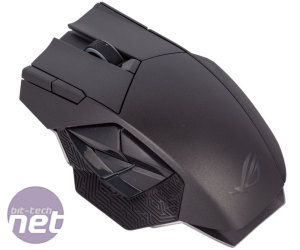
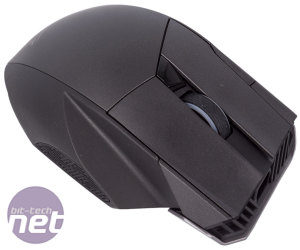
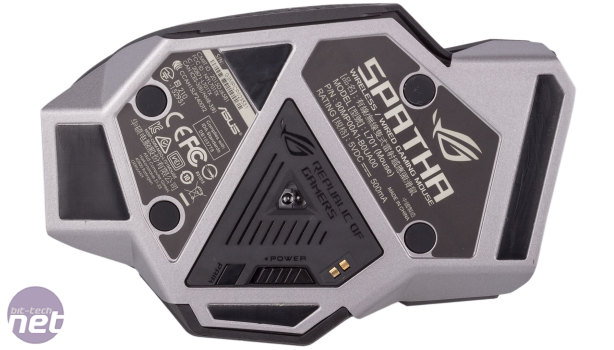

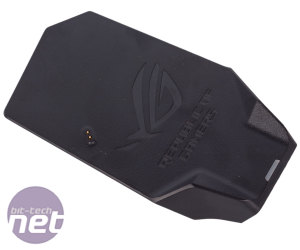
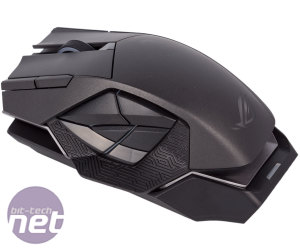
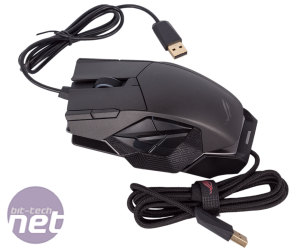
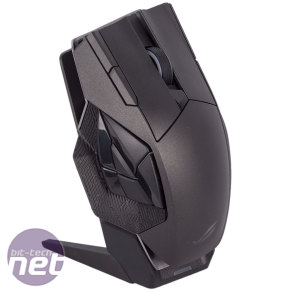
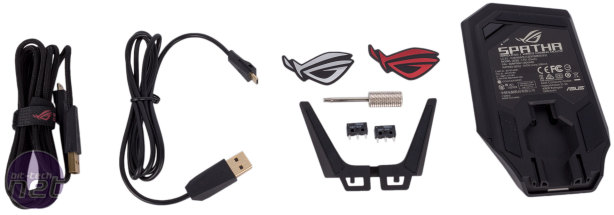
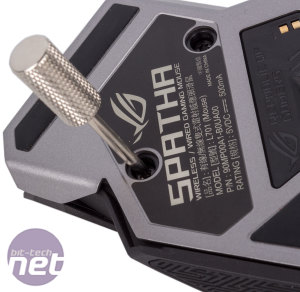
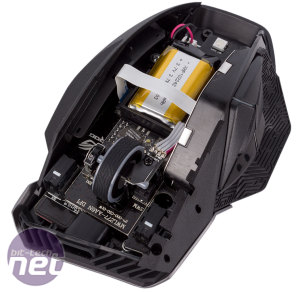
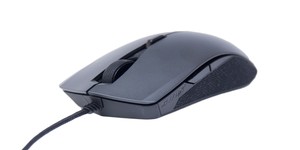
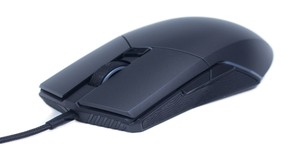





Want to comment? Please log in.